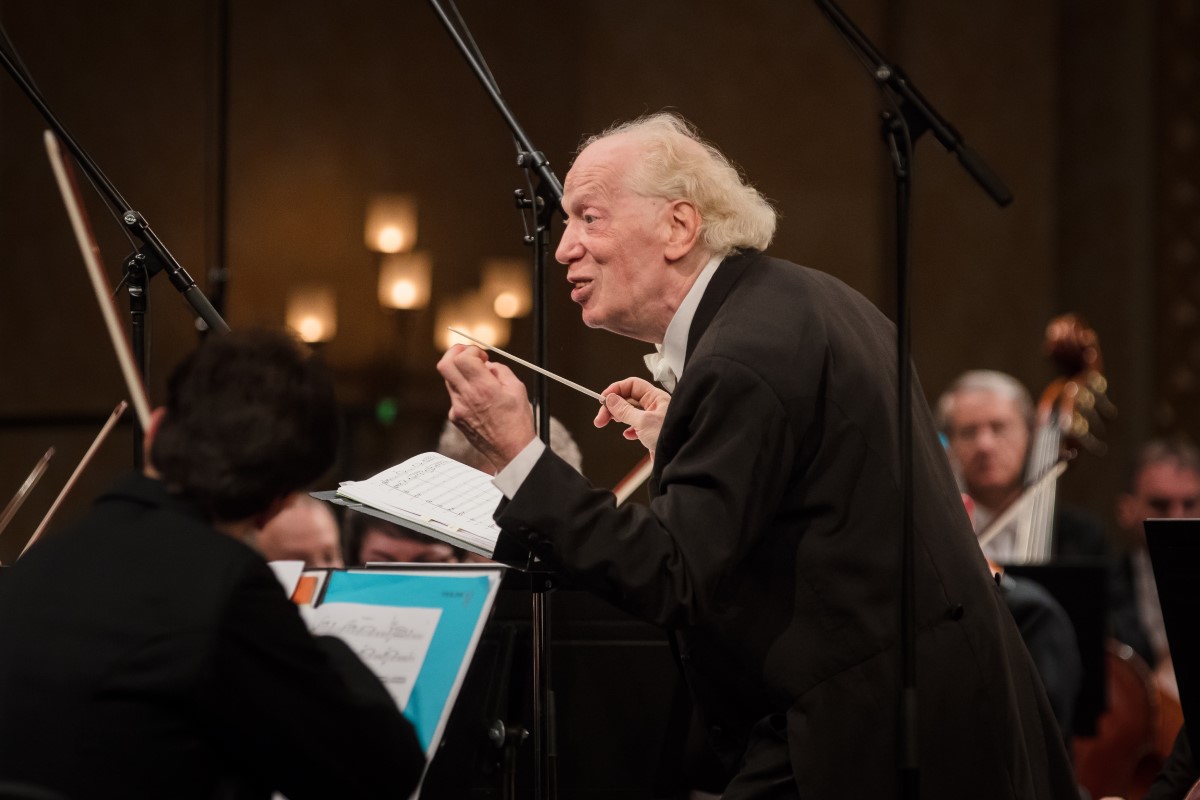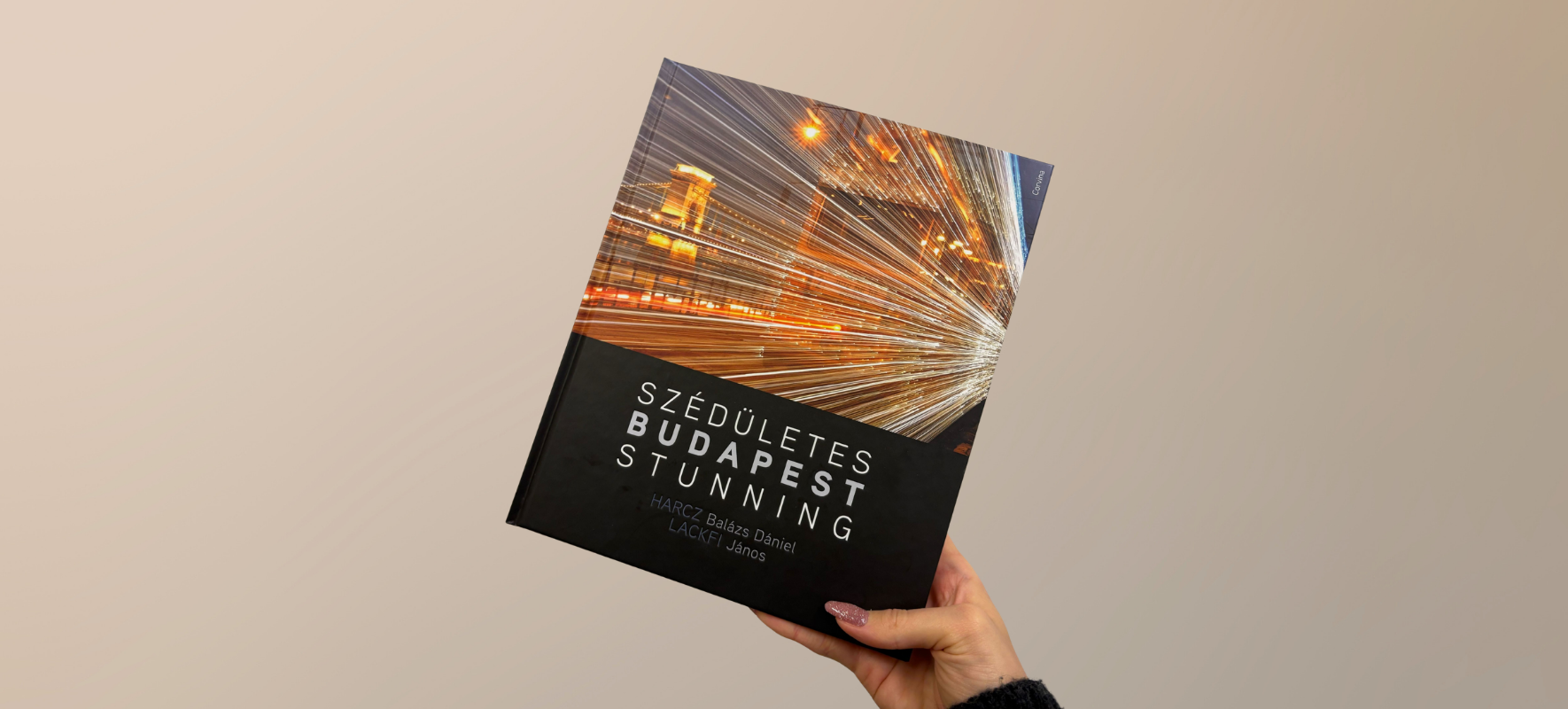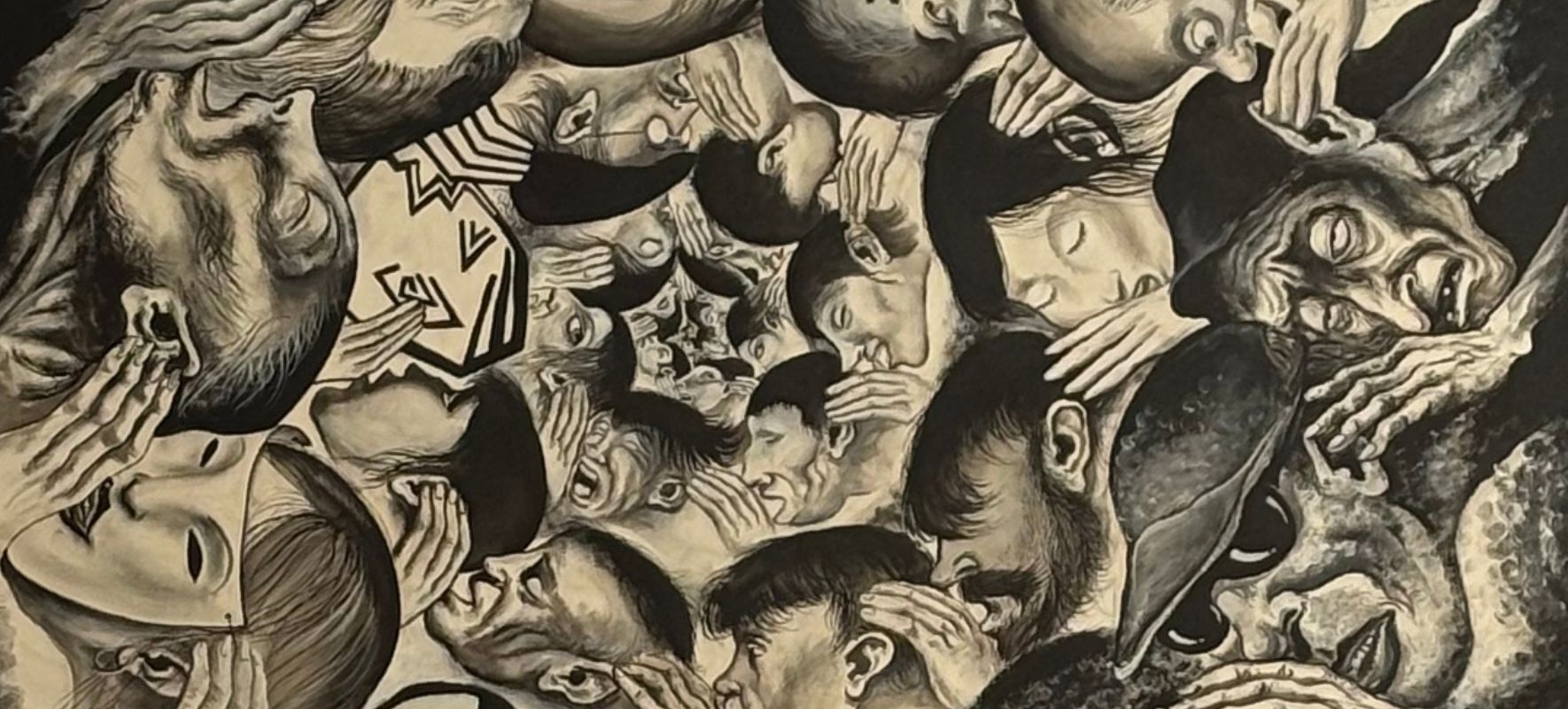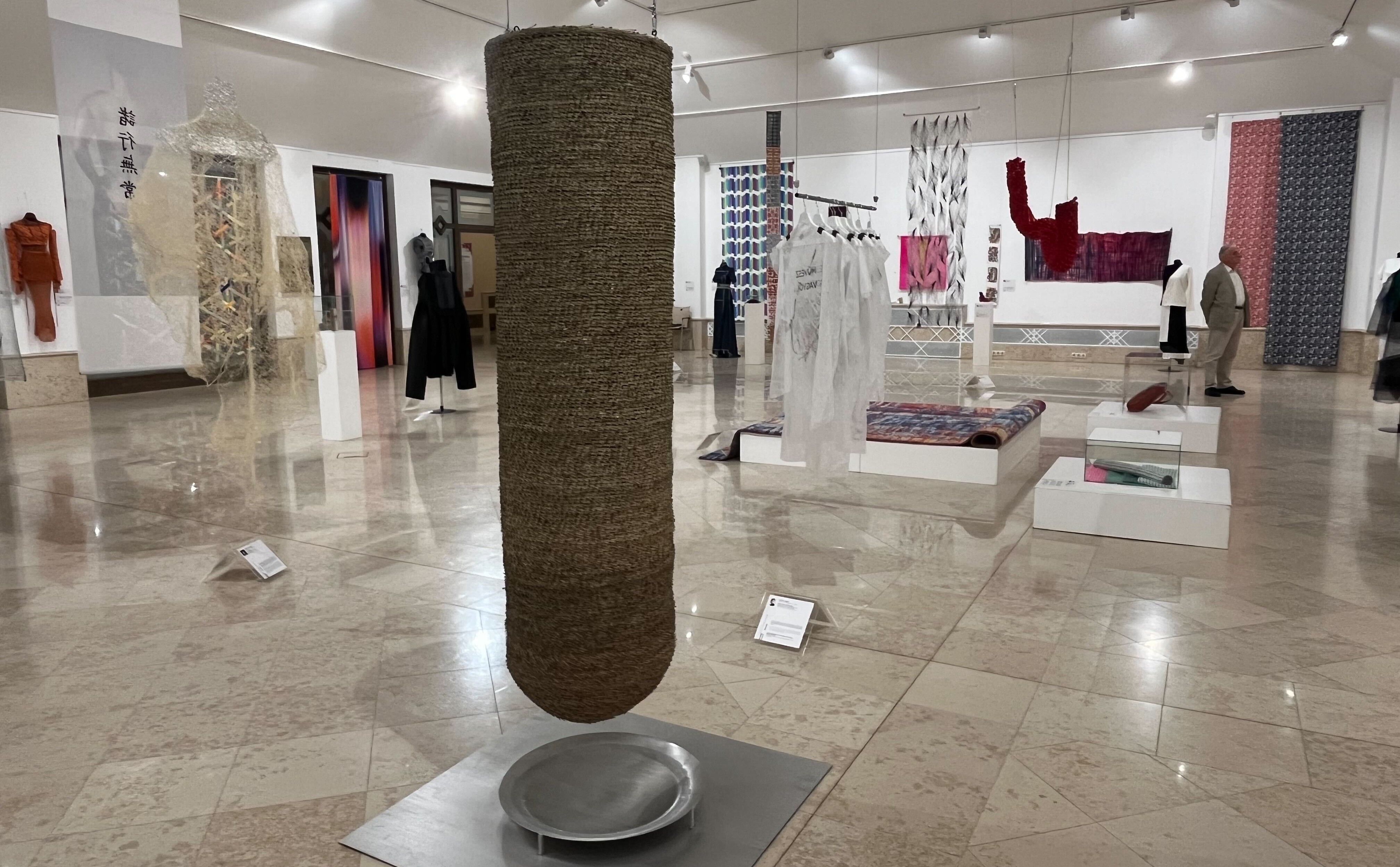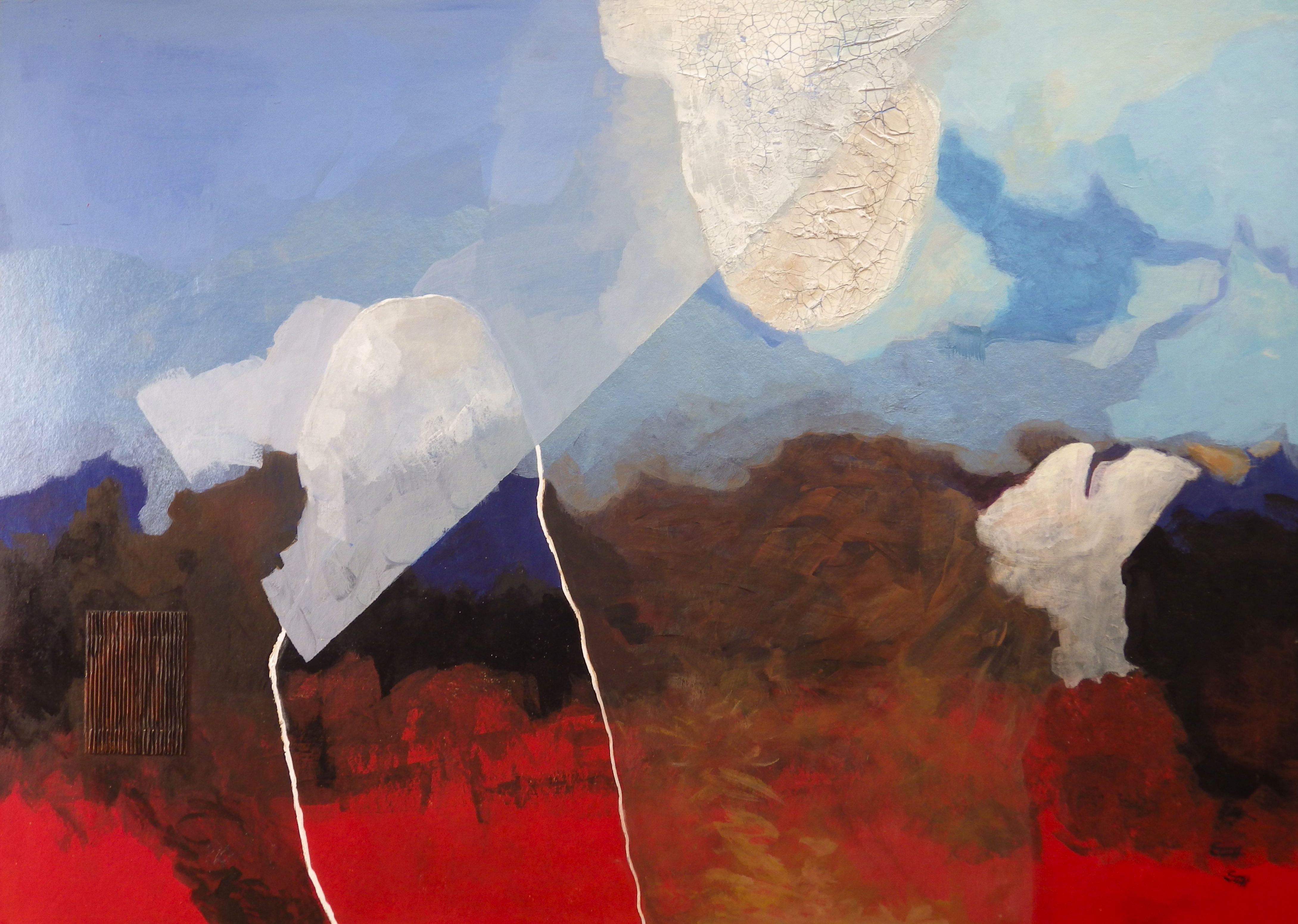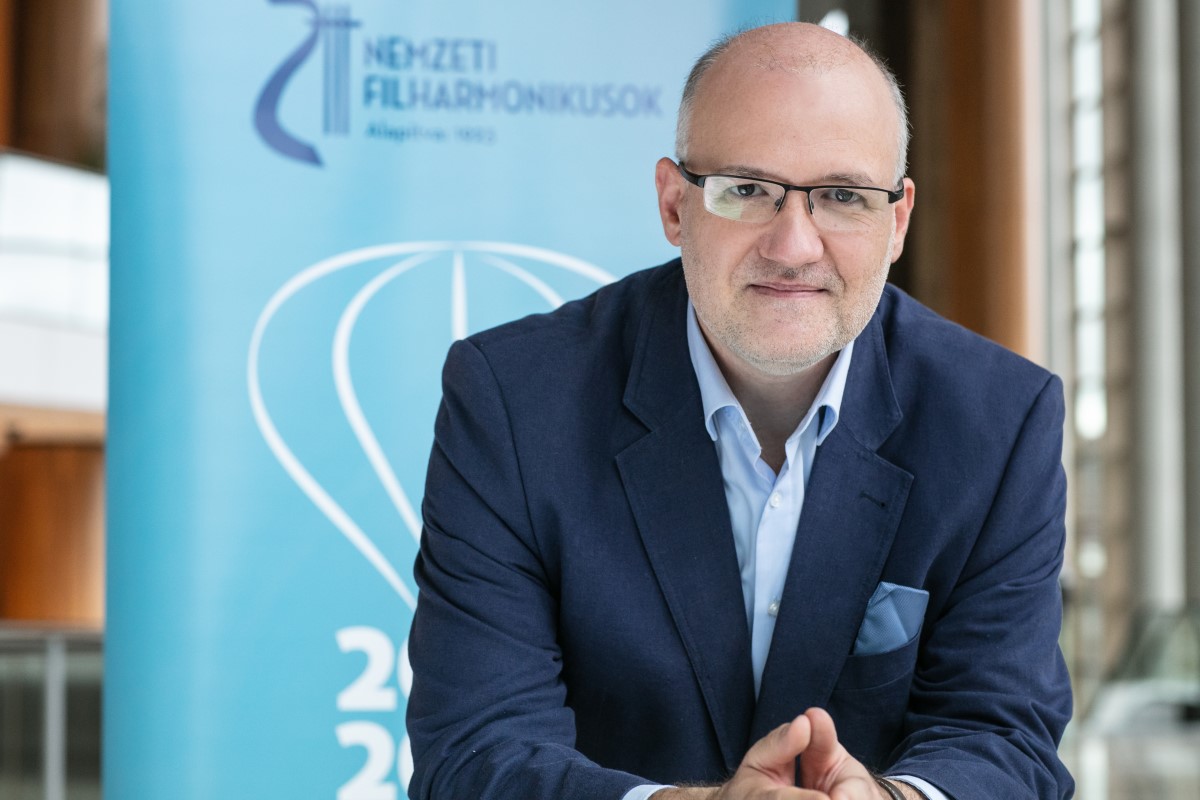
The history of the Hungarian National Philharmonic started in 1923, when the Budapest Capital City Philharmonic was formed, and soon developed into one of the central elements of Budapest's musical life. As a concert venue, Pesti Vigadó has been home to performances by the Hungarian National Philharmonic. Their concerts are included among those events that can be visited holding Ervin Lukács or Miklós Pászti Season Tickets. By talking to Director General of the Hungarian National Philharmonic Domonkos Herboly we seized the opportunity to explore convictions and values cherished by the Philharmonic and the Hungarian National Choir, and we also got a glimpse into plans for the upcoming period.
Interview by Niki Nyírő.
What guidelines do you follow when you compile the Philharmonic's repertoire? Are there any underlying concepts that connect the works featured at your concerts?
The Hungarian National Philharmonic is entrusted with certain tasks that thereby define the Philharmonic's role in Hungary's musical life. For the general public and expert circles, it is very important how professionally the Philharmonic performs the type of orchestral repertoire that I would now prefer to call our basic repertoire. By playing commonly-known symphonies by Beethoven, Brahms and Mozart, the Philharmonic has set a standard that serves as a point of reference and orientation also for other orchestras. However, there is an even more important task that the Philharmonic is supposed to undertake: we are to perform 19th and 20th century, and even contemporary Hungarian music in a manner that our performances aptly represent Hungarian musical culture as part of the global culture of music. On the other hand, the Hungarian National Choir is one of Hungary's biggest professional mixed choirs. Choirmaster Csaba Somos and I have set the following goal to the Choir: the Choir should be able to perform all genres ranging from the most widely-known oratorio pieces to works requiring special vocal contributions including contemporary or capella pieces.
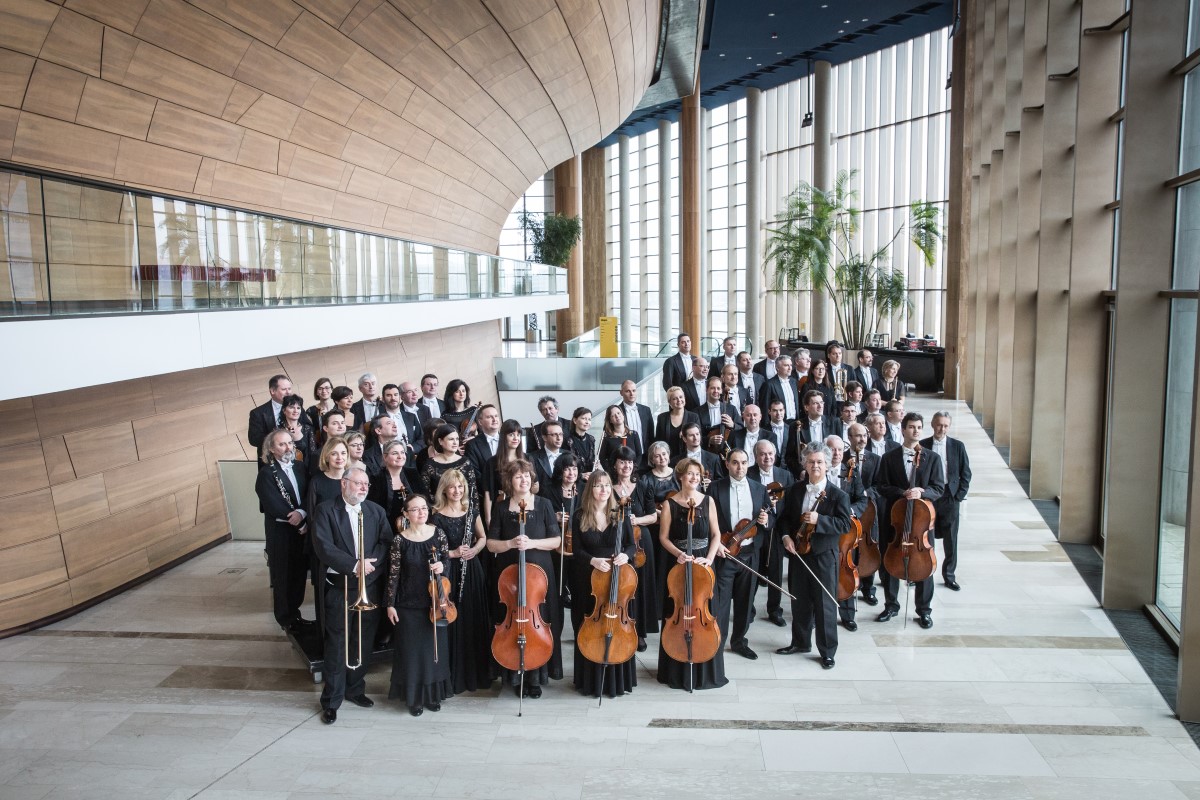
In the current situation plagued by the COVID-19 pandemic, how could you benefit from the time that resulted in the Choir's "different from normal" time arrangements? What conclusions are to be drawn from the series the "Hungarian National Philharmonic at Home", which presented solo music videos by the members of the orchestra?
During the first wave of the epidemic, colleagues were entrusted with the task of preparing digital contents in their homes, possibly using their mobile phones for recording. These digital contents were to be sophisticated performances of a shorter musical piece, an introduction to the musical instruments they play, or a recounting of a music-related experience. As director I was very interested in what materials we were going to get. Even in my wildest dreams I was unable to predict or imagine how much creativity such an initiative would set free in our singers and musicians. These videos were an immense success on our social media platform. In turn, a bit later we were lucky enough to be able to arrange for the recording of open-door chamber productions using several cameras. Our series entitled "Invitation to the Rehearsal Room", which we started before the pandemic hit Hungary, has been highly acclaimed for years, and for this reason we decided to continue this series in a digital format and will continue to do so even in the future. Our channels air these concerts for the general public. Up until Christmas, we are now broadcasting a special music series for the Advent season. From January on, we will feature new special chamber productions that we otherwise hardly ever stage. Interestingly, such performances are born due to the situation caused by the COVID-19 that would never come about in any other way or situation.
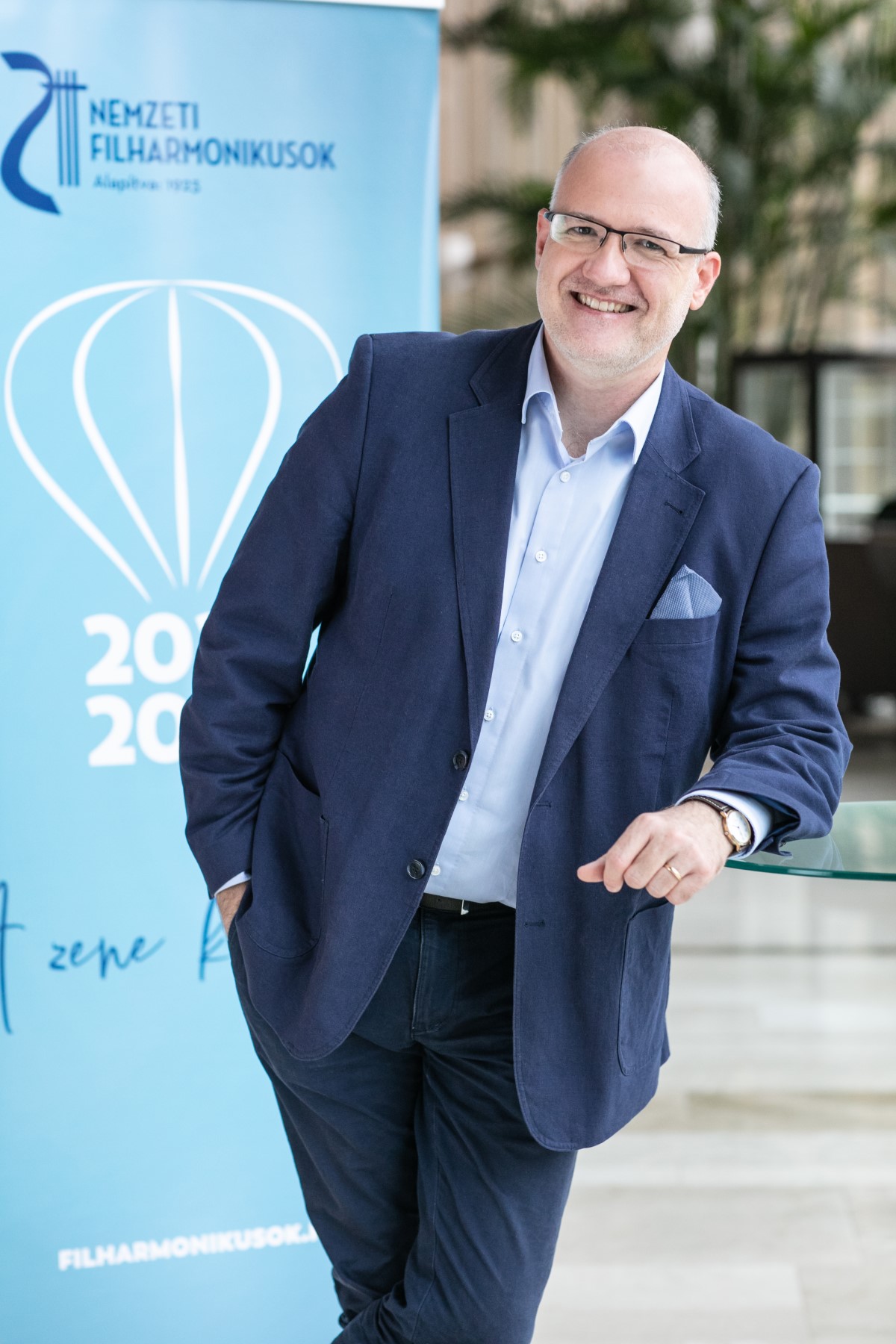
Media performances by the orchestra reflect a very accurate and progressive approach. How important do you feel it is that the orchestra should present itself also on these channels?
It is essential for me to highlight that, apart from the orchestra, the choir is also involved and foregrounded in these performances to the same extent. The values that we exhibit this way are eternal, and thus these values are also communicating to us about the present. It is only the form of our performances that we have to update. It gives me great pleasure to see that an increasing number of young people are interested in our work and that we can communicate with them through our social media platforms. Even if an immense amount of cultural contents is available online, I am surprised and glad to realise that young intellectuals are in fact very much interested in quality classical music. I might even say that this generation seems to be more to open classical music than my generation was back then.
Seemingly, younger generations are usually more difficult to engage in classical music. What does the Hungarian National Philharmonic do to draw the young to classical music?
Both the choir and the orchestra stage performances specifically designed for the young: these events do not consider the audience as passive recipients of music but actively involve them in thinking about music. We acknowledge and realise that many young people attending our concerts so far only listened to pop music and they believe that there is no connection between the music they listen to and the music of earlier eras. In the light of this, we are striving to bridge the gap between their music experience and so-called classical music. We show that even if the musical instruments and forms of expression are unlike, the emotions communicated by these musical pieces are in fact universal human feelings.
You pay special attention to feature foreign guest soloists and conductors. The orchestra and the choir travel a lot and give performances worldwide: actually, both the orchestra and the choir are among the most extensively featured Hungarian classical music formations abroad. How do these vivid experiences get incorporated in the Philharmonic's life?
We are in the lucky position to say that many foreign stars willingly accept our invitation. During the work that we jointly accomplish, the orchestra can also extend its perspective and this is greatly appreciated by the public. Whenever we perform abroad, we always play Hungarian music, too, as Hungarian classical music is deservedly world famous. During such events, many people ask us why there are so many excellent Hungarian musicians in the most outstanding symphonic orchestras of the world. We always reply by saying that Hungarians have their amazingly rich folk music heritage to thank for this talent of theirs.
Zoltán Kocsis's lifework cannot ever go unnoticed. What kind of spirituality and motivation did former director Zoltán Kocsis bestow on the Philharmonic?
Zoltán Kocsis was an exceptional person. On the one hand, he was a world-famous pianist in his capacity as a performing artist. On the other hand, he was a definitive conductor. Perhaps, it would be more appropriate to say that he was also a kind of music scholar. The imprints of his musical erudition are traceable in the current performances of the orchestra. He ruthlessly requested the Philharmonic to exhibit a conscious manner of playing music, and he had his own distinct notion of all sounds to be played. This knowledge surfaces when the orchestra plays pieces by Bartók, Richard Strauss or Beethoven.
The orchestra regularly tours Hungary giving chamber music concerts and concerts for the young. What differences are there between performances staged in Budapest and at other places? In what way are the audiences peculiar? Are there any differences in the experiences associated with the reception of music by these distinct audiences?
The fact that there are no differences in these respects is possibly due to developments of our age.
In which year did the Philharmonic give its first concert in Pesti Vigadó?
Perhaps the readers are familiar with the fact that the National Philharmonic – or more precisely put, the Hungarian State Symphony Orchestra, as it was called in those years – used to have its seat in Pesti Vigadó's building. And for this reason, the Philharmonic has extensive ties with this place. The last time we played on these premises was 18th October 2020, when we played pieces by Hungarian composers Balassa, Ferenc Farkas and Dohnányi, with Martin Rajna as conductor. The concert was really beautiful.
The next concert entitled "Kovács" by the Philharmonic is staged in Pesti Vigadó on 18th February. The concert is included in the performances offered in the scope of the Ervin Lukács Season Ticket series. This event series is hosted by Pesti Vigadó for the third consecutive year this year. What motivated the birth of this season ticket series and what theme constitutes the foundation of the series?
Let me start by clarifying that this season ticket series was named after highly-acclaimed Hungarian conductor and music teacher Ervin Lukács, who died ten years ago on 18th February. Many Hungarian music talents were nurtured by him, and thus the series also presents a kind of homage to the master. The concert series stages works by Hungarian composers, and the pieces are conducted by the most excellent Hungarian conductors. The above-mentioned concert will feature conductor János Kovács, to whom the Hungarian National Philharmonic owes a lot. János Kovács is not only a remarkable artist but also a great person. I think I am right to say that an intimate friendship exists between János Kovács and the Philharmonic, which can also be felt by the audience. As a rule, during any joint work between the orchestra and a conductor, a feeling of a kind of mutual respect or some cold but efficient and professional cooperation can be sensed. Yet, concerts with conductor János Kovács are quite different in their atmosphere and nature. With him, work is special and much more than this.
A few weeks ago cellist Mátyás Hotzi was awarded Junior Prima Award in the category of Hungarian Musical Art. Based on the ideas and contribution of tuba artist Roland Szentpali, a new tuba key system was designed, which eventually caused a shift in the way the instrument is held. And these are only the latest of the events connected to the members of the orchestra. Is it purely accidental that members of the Philharmonic keep receiving individual recognitions and can often celebrate other achievements, too?
When one builds an orchestra, they dream of creating and later "sounding" an exceptionally versatile "musical instrument" with unified musical harmony. In this respect, it is particularly risky to work with professionals of diverse personalities. But the other side of the coin relates to the professional knowledge jointly possessed by the members of the orchestra. Because of this, we seek to find young and many-sided talents and warmly welcome them to the orchestra. Roland Szentpali, for example, is a world-renowned tuba artist, music teacher, musical instrument developer and composer, while Mátyás Hotzi is a young talented man, who looks forward to a great career. But they are not the only ones with exceptional personalities in our Philharmonic.
What objectives does the orchestra have these days?
The Philharmonic will be a hundred years old in 2023. I would very much like and welcome it if we could finally and fully get over the currently raging COVID-19 pandemic in the forthcoming year. Our environment, our habits and customs, and probably the entire world, are unlikely to be the same as they used to be before 2020. But until 2023 our role and job consist in figuring out what a definitive and standard-setter orchestra and classical music in general should be like in the next one hundred years to come.

